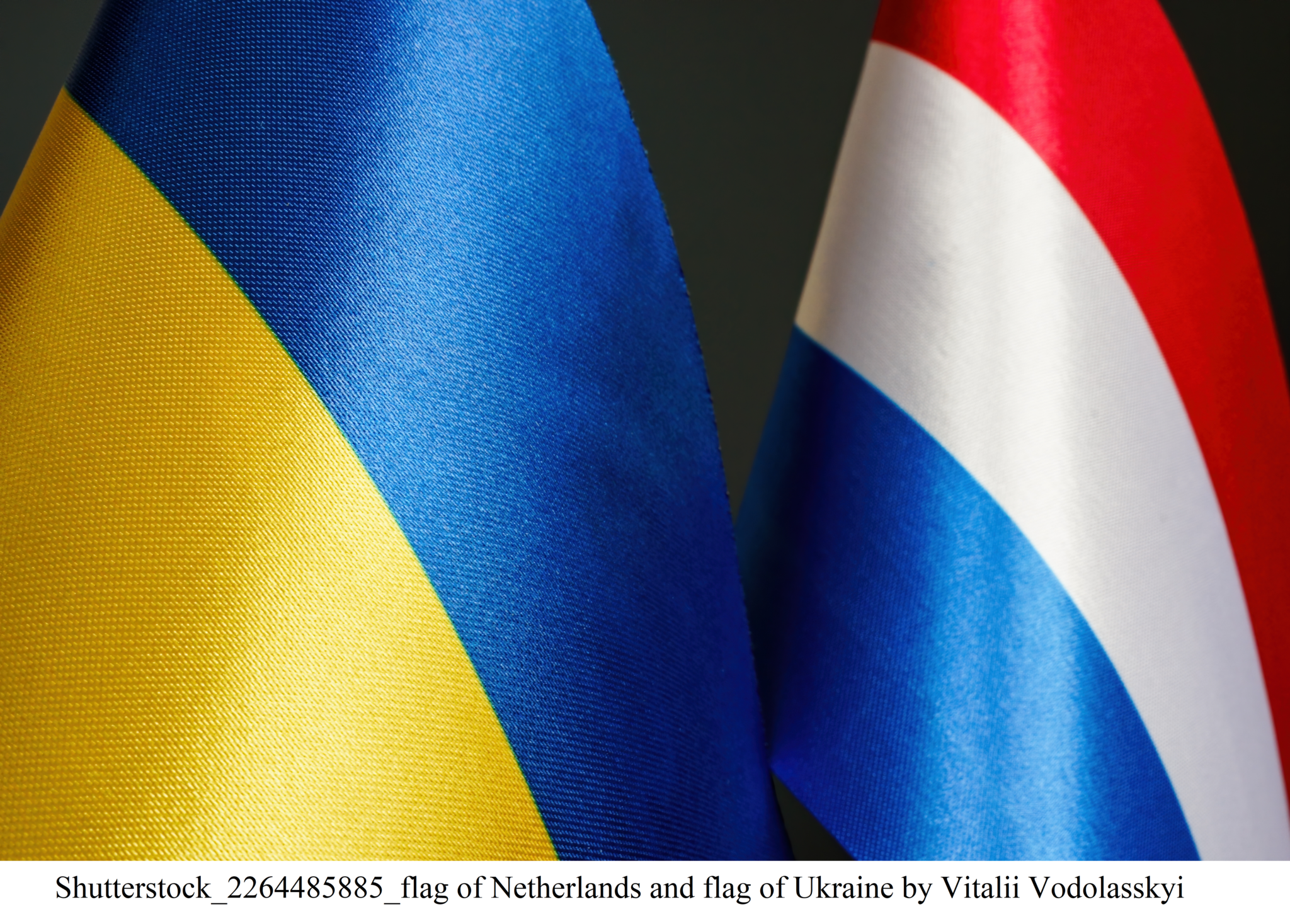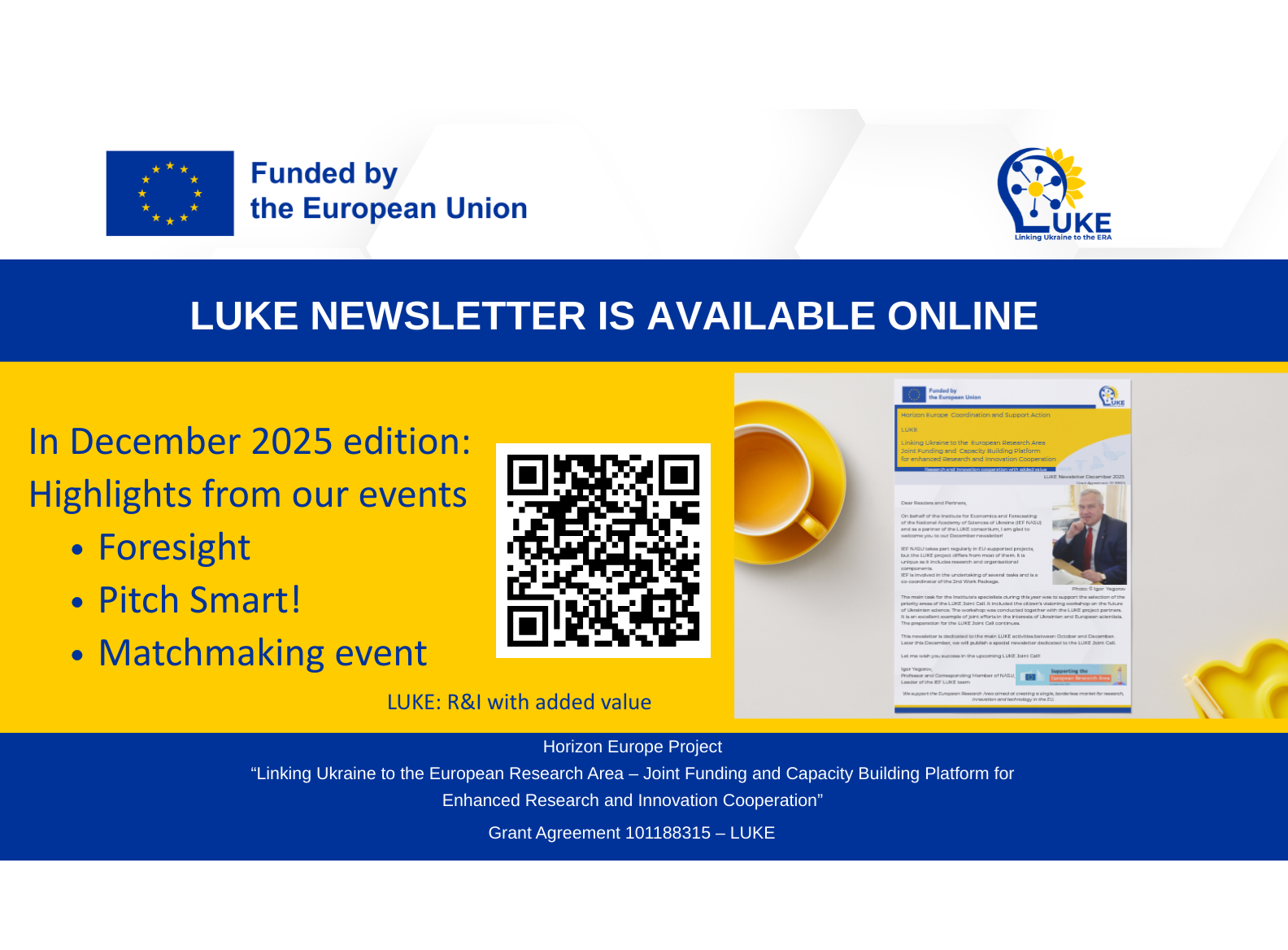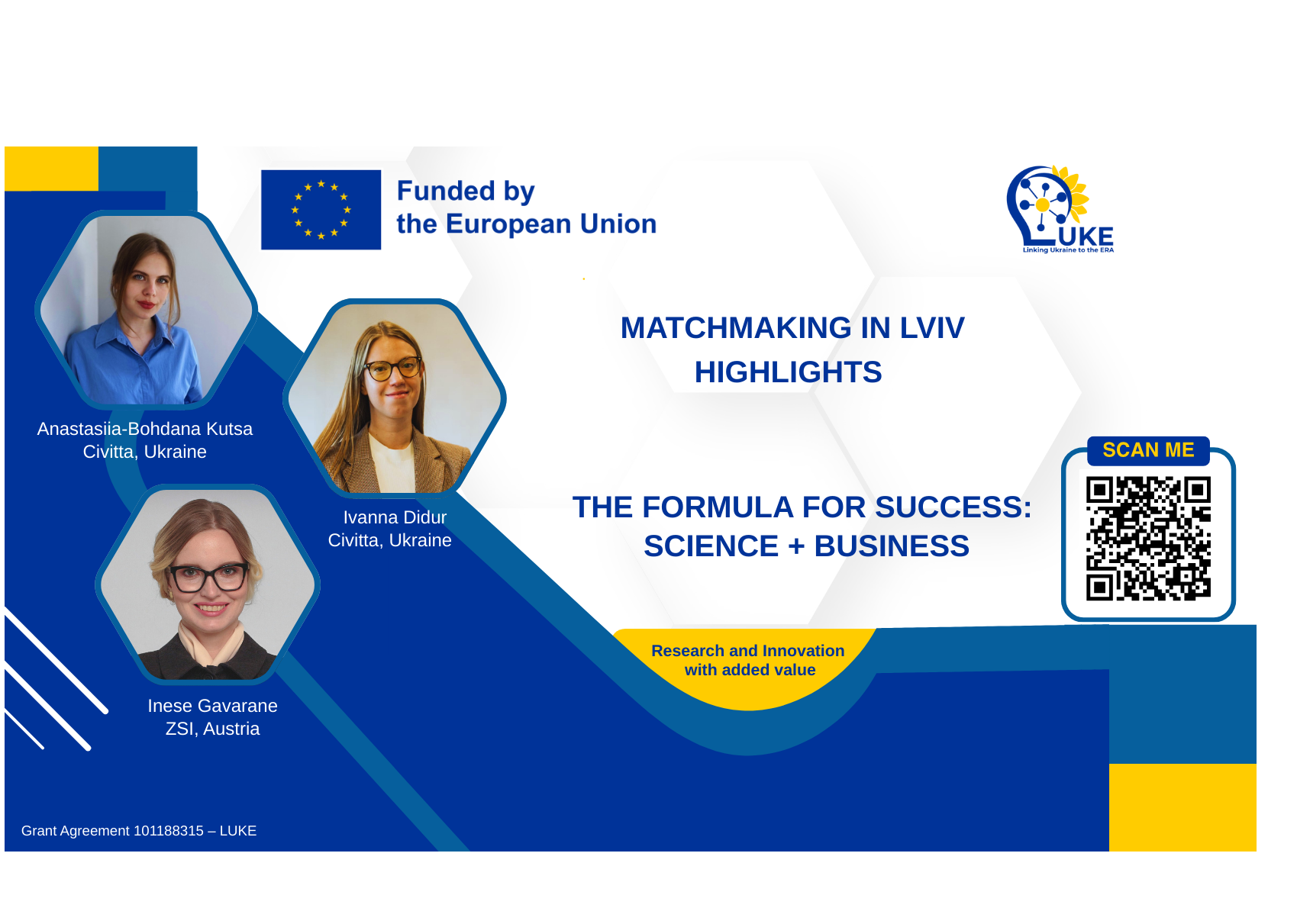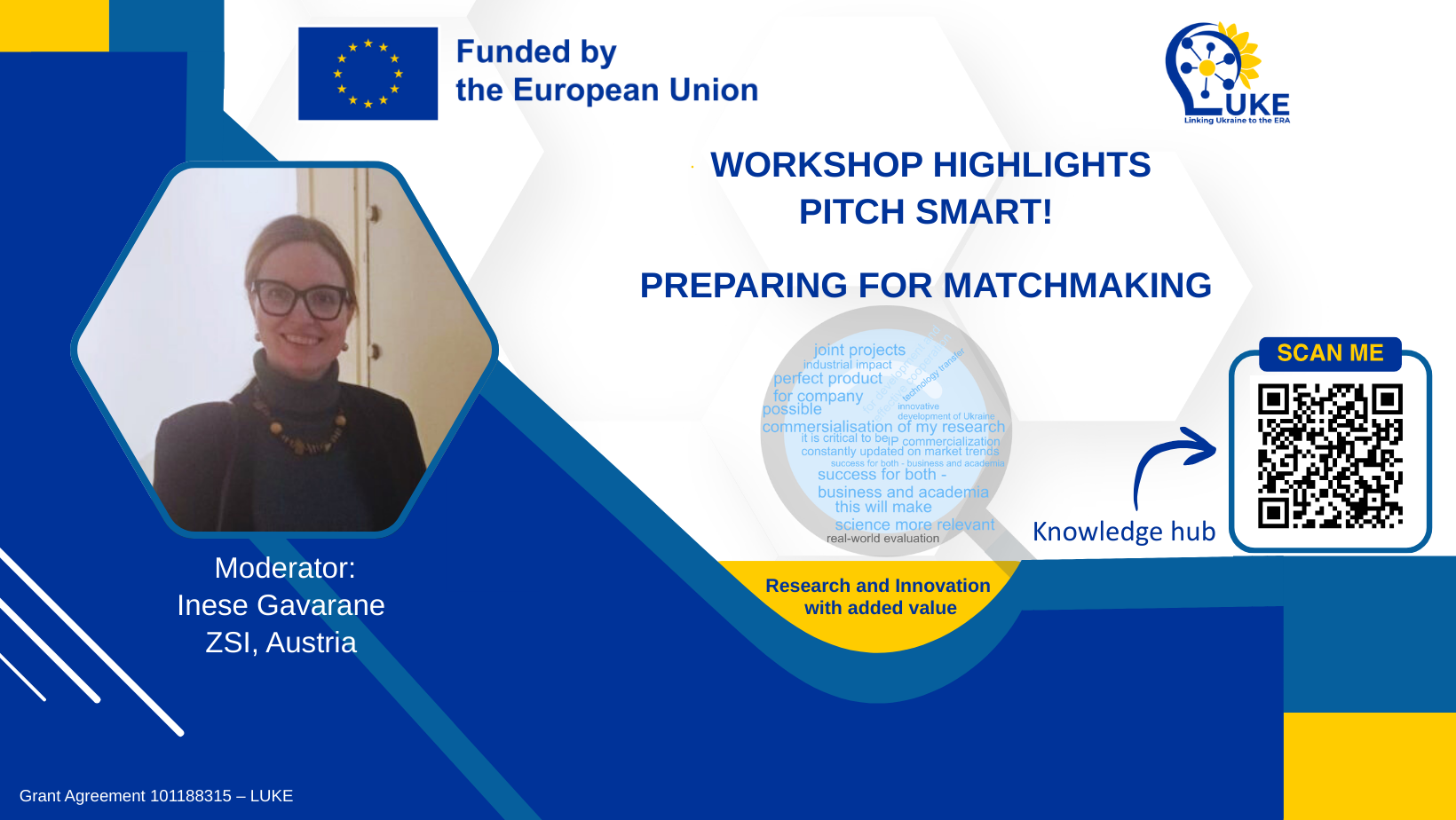Ukraine is famous not only for its black soil, wheat, and songs. We build space rockets, aircraft, and other high-tech machines, explore space, and, if attacked, defeat our enemies.
Researchers at A.M. Pidgorny Institute of Mechanical Engineering Problems of the National Academy of Sciences of Ukraine in Kharkiv are working to improve the strength characteristics of aircraft. With the help of grant funding from the National Research Foundation of Ukraine, they are implementing the project ‘Optimization of the topology and increase of strength characteristics of multilayer shells and solids using additive technologies’.
According to the PI, Head of the Institute’s Department of Reliability and Dynamic Strength, Kostiantyn Avramov, his team has already developed a technology for manufacturing thin-walled multilayer structures and manufactured the first experimental samples.
What are the essence and advantages of the new technology?
The researcher explained that until now, all thin-walled composite multilayer structures used to manufacture elements of missiles, aircraft and many other technical objects have been manufactured using so-called subtraction technologies.
“Subtraction technologies include all technologies except 3D printing”, said the PI. “We tried to use 3D printing. Thin-walled multilayer structures made using 3D printing have many advantages compared to their metal counterparts, in particular, a simpler manufacturing process and a lower cost of the finished structure.
Researchers together with technologists conducted experimental studies of the manufactured sections of thin-walled multilayer structures. The tests confirmed that the strength and dynamic characteristics of the structures are very high.
By the way, another important area of the project is the development of innovative technologies to optimize the manufacture of structural elements using modern 3D printers. “The term ‘optimization’ means saving time, energy, and material during the structure manufacturing. And, as a result, reduction in the cost,” the researcher explained.
To optimize manufacturing, the researchers investigated which shapes of the parts are best used to minimize their weight; conducted mathematical and computer modeling of filling a given volume with powder particles; and tried to place the maximum number of parts in the working chamber of a 3D printer.
To solve these issues, the team used the theory of geometric design which was proposed by Yuriy Stoyan, a project implementor, correspondent member of the National Academy of Sciences of Ukraine.
In late February 2022, the researchers’ laboratory was actually on the front line. Battles were fought on the northern outskirts of Kharkiv, the enemy shelled research institutions, businesses, and residential areas, and enemy’s subversive reconnaissance groups tried to break through to the city center. During the most difficult days, the researchers were forced to leave for other regions of the country, but already in May-June they returned to the city.
Despite the suspension of grant funding (the funds were allocated for the country’s defense needs), the researchers continued their work. “We realized that the results of our research were important for the country’s recovery after the Victory and for the needs of the defense sector,” Kostiantyn Avramov continued.
The researchers systematized the results of experimental studies conducted in 2021 and published three articles in Q1 international scientific journals. In addition, in 2022, the researchers investigated how multilayer thin-walled structures withstand loads. Based on the results of the theoretical research, six articles were published in Q1 journals.
The project team includes researchers from A.M. Pidgorny Institute of Mechanical Engineering Problems of the National Academy of Sciences of Ukraine and employees of Design Office ‘Yuzhnoye’ named after M.K. Yangel (a leading enterprise in the space industry of our country). Some of the results of this project are already being considered for implementation in the design office.
“In the future, multilayer thin-walled structures can be used in for both civilian and military aircraft”, said Konstantin Avramov. “They can also be used to manufacture armored vehicles. But in order to make this a reality, it is necessary to conduct additional scientific and technical research, develop design documentation, etc.”
By the way, the researchers at the Institute are in contact not only with domestic manufacturers. The developed innovative technologies for optimizing the production of structural elements using modern 3D printers have already attracted the interest of German colleagues from the Fraunhofer Institute for Ceramic Technologies and Systems (IKTS), Dresden.
Interviewed by Svitlana Galata





